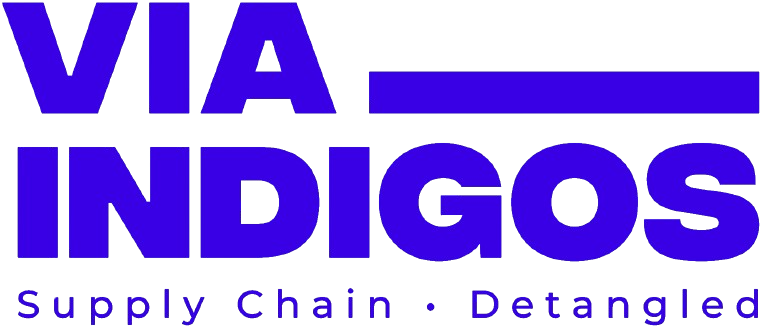Anodizing vs. Powder Coating: How to Choose the Right Aluminum Finish?
- VIA INDIGOS

Aluminum is extensively utilized across various industries, including aerospace, automotive, architecture, and consumer goods.
Its lightweight, durable, and corrosion-resistant properties make it a preferred material for manufacturers.
To improve its lifespan, appearance, and performance, aluminum often needs a protective finish.
Two of the most common finishing methods are anodizing and powder coating.
Each has its own set of benefits and drawbacks, and the choice between them depends on your specific needs, budget, and desired results.

Aluminum mesh securely hung on jigs for a precise and durable anodizing finish, enhancing corrosion resistance and aesthetics
Understanding Anodizing
Anodizing is an electrochemical process that strengthens the natural oxide layer on aluminum surfaces, increasing their resistance to corrosion and wear.
In this process, aluminum is submerged in an electrolyte bath while an electric current is applied, leading to controlled oxidation.
The anodized layer becomes a part of the aluminum itself, rather than just a surface coating.
This integration results in anodizing being exceptionally durable and highly resistant to scratches, fading, and environmental damage.
Key Benefits of Anodizing:
– Exceptional durability and resistance to scratches and corrosion.
– Long-lasting color retention without issues like peeling or flaking.
– Environmentally friendly with minimal hazardous waste.
– Suitable for aerospace, construction, electronics, and automotive applications.
However, anodizing does come with some limitations. It typically offers a narrower color range, mainly in metallic shades such as black, bronze, and silver. Custom colors and textures can be more costly, and once an anodized surface is damaged, it can be challenging to repair or modify.
Additional challenges include:
– Salt Spray Corrosion Resistance – Anodized aluminum can endure over 3,000 hours in salt spray tests, making it ideal for marine, aerospace, and harsh environments.
- Thermal Conductivity – Anodizing allows aluminum to retain its natural ability to dissipate heat, making it a great choice for heat sinks and electronic enclosures, unlike powder coatings.
- Wear Resistance Under Load – With a hardness rating of 350-550 HV, anodized aluminum is much more resistant to mechanical wear compared to powder coating.
- Coefficient of Friction – The low-friction surface of anodized aluminum minimizes wear in sliding applications such as pistons, bearings, and precision components.

Powder Coating: Components securely placed on jigs for a flawless and durable powder coating finish.
The Advantages of Powder Coating
In contrast, powder coating is a dry finishing method where electrostatically charged powder particles stick to aluminum surfaces before being cured in an oven.
This process results in a thick, even protective layer that offers excellent resistance to corrosion and impact.
Unlike anodizing, powder coating provides a wide variety of color and finish options.
It can mimic metallic, matte, glossy, and textured surfaces, making it a flexible choice for manufacturers seeking specific aesthetic results.
Key Benefits of Powder Coating:
- A broad selection of colors and textures.
- Strong resistance to corrosion and environmental damage.
- Cost-effective, especially for large-scale production.
- Easier to repair and recoat than anodizing.
While powder coating offers excellent protection, it does have some drawbacks.
Certain coatings can be more prone to UV degradation over time, which may lead to fading.
Here are some additional limitations to consider:
– UV Sensitivity: Some formulations may deteriorate with prolonged exposure to sunlight.
– Obscuring Fine Details: Thicker coatings can hide intricate surface textures.
– Salt Spray Corrosion Resistance: High-quality powder coatings can endure up to 5,000 hours in salt spray tests, but their performance can vary depending on the type of resin used.
– Thermal Expansion Differences: Powder coating expands at a different rate than aluminum, which can result in cracking during extreme temperature changes.
– Thermal Conductivity: It acts as an insulator, which can hinder aluminum’s ability to dissipate heat.
– Coefficient of Friction: Powder coatings typically increase surface friction, making them less suitable for sliding components.
Making the Right Choice
Deciding between anodizing and powder coating isn’t a straightforward choice.
The best option depends on various factors, including durability, aesthetics, environmental conditions, and budget.
Each finishing process has its own advantages that make it more appropriate for certain applications.
If your project requires high durability, corrosion resistance, and a smooth metallic finish, anodizing is often the superior choice.
It is especially effective for applications exposed to UV light and extreme weather, such as in aerospace, architecture, and high-performance automotive parts.
Since anodizing becomes part of the aluminum itself, it offers long-lasting protection that won’t peel or chip, making it ideal for low-maintenance environments.
Conversely, powder coating provides a broader selection of colors, textures, and finishes, making it the go-to option for projects that emphasize aesthetics.
It is also a cost-effective choice for large production runs where uniformity and efficiency are essential.
The thick protective layer that powder coating provides makes it an excellent choice for consumer goods, industrial equipment, and furniture.
Moreover, powder coating facilitates easier recoating and repairs, making it a practical option for products that might need touch-ups over time.
Another important aspect to consider is cost-effectiveness.
Anodizing typically requires a higher initial investment, especially for custom colors, but its long-lasting durability can lead to lower maintenance costs over time.
In contrast, powder coating has a lower upfront cost and quicker application, which makes it more efficient for manufacturers dealing with high production volumes.
In addition to cost and durability, the environmental impact is also worth considering.
While both finishing methods have sustainable advantages, anodizing is often regarded as more environmentally friendly due to its minimal waste and lack of volatile organic compounds (VOCs).
Powder coating, while generating less hazardous waste than traditional liquid painting, may contain synthetic resins that could raise environmental concerns.
Ultimately, the best choice will depend on the specific needs of your project.
Take into account factors like the application environment, anticipated wear and tear, maintenance needs, and design flexibility.
Understanding these aspects will guide you in selecting the most appropriate aluminum finishing process to ensure longevity, performance, and cost-effectiveness.
Technical Comparison of Coating Thickness & Adhesion Strength
Technical Factor | Anodizing | Powder Coating |
Coating Thickness | 5-25 microns (hard anodizing up to 100 microns) | 60-80 microns (varies by application) |
Hardness (HV Scale) | 350-550 HV | 50-100 HV |
Adhesion Strength | Integrates into metal | Surface adhesion, can chip under extreme stress |
Abrasion Resistance | High | Moderate |
Chemical Resistance | High | Moderate |
Thermal Conductivity | High | Low (acts as an insulator) |
• If you need high durability, UV resistance, and long-term performance, anodizing is often the better choice.

High-quality aluminum anodized components for corrosion resistance, and aesthetic appeal.
• If you require a broad range of colors, cost-effectiveness, and easier repairs, powder coating is likely the right fit.

CED Coatings: Premium aluminum powder-coated components for superior durability and corrosion resistance.
For precision applications like aerospace and architectural components, anodizing delivers a smooth, durable finish.
On the other hand, powder coating is ideal for consumer products, outdoor furniture, and industrial equipment, as it provides essential design flexibility and protective features.
Comparing Costs: Anodizing vs. Powder Coating

Industry Statistics
- • The global powder coating market is projected to reach $16.85 billion by 2027, growing at a 6.2% CAGR, driven by demand in the construction and automotive sectors.
- • Anodized aluminum can last over 25 years with minimal maintenance, making it a preferred long-term investment.
- • Salt spray corrosion tests show that anodized aluminum withstands 3,000+ hours, while high-quality powder coatings last up to 5,000 hours.
- • 98% of powder coating materials can be reused, significantly reducing waste.
By carefully weighing the benefits and limitations of both finishing processes, manufacturers and businesses can ensure they choose the right aluminum finish for their specific needs.
Whether prioritizing longevity, aesthetics, or cost, understanding the nuances of anodizing and powder coating will help in making an informed decision.

With boots on the ground and a vast network of production partners in INDIA, we help you cut tariffs, reduce lead times and avoid supply chain disruptions.
What Sets VIA INDIGOS Apart?
Strategic Manufacturing Advantage: Our production in India allows for cost savings, reduced tariffs, and a reliable supply chain.
Certified and Compliant: We work with production partners who adhere to ISO 9001, IATF 16949, AS9100, and other international quality standards.
Material and Process Expertise: From aluminum extrusion to precision machining, sheet metal, casting, and fabrication, we guarantee high-quality materials and precise specifications.
End-to-End Oversight: We handle everything—from vetting suppliers to production, inspection, testing, and logistics—so you can focus on your core business.
On-Ground Teams: Our teams in India monitor every phase, ensuring your parts are manufactured accurately and delivered promptly to your location.
Choose VIA INDIGOS for Exceptional Manufacturing & Finishing
Whether you require durable anodized components for aerospace applications or visually appealing powder-coated parts for consumer products, VIA INDIGOS provides scalable, cost-effective solutions that enhance your competitive advantage.
Discover our fabrication and finishing capabilities today. Let’s talk about how we can streamline your supply chain and meet your manufacturing requirements.

